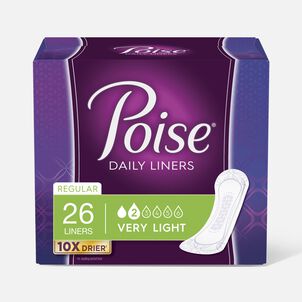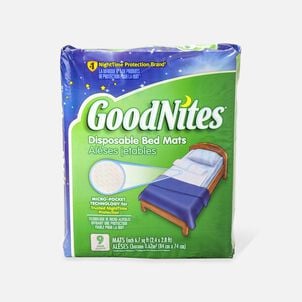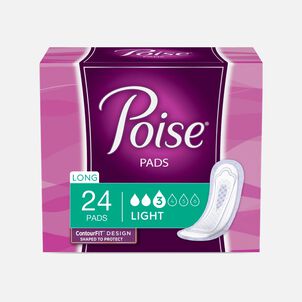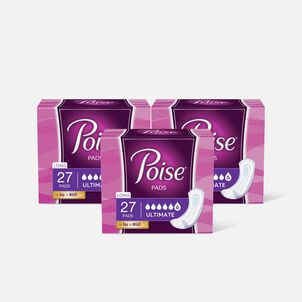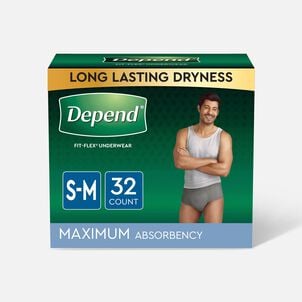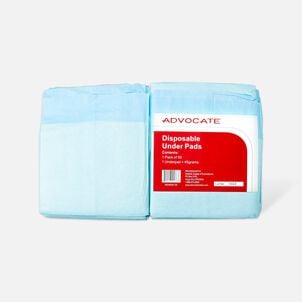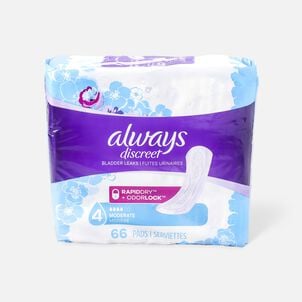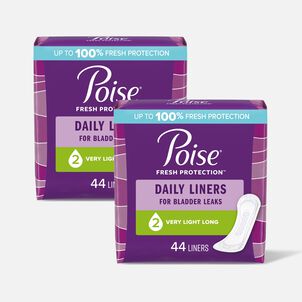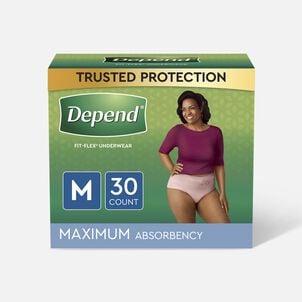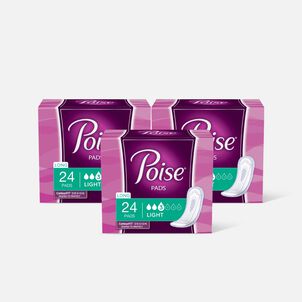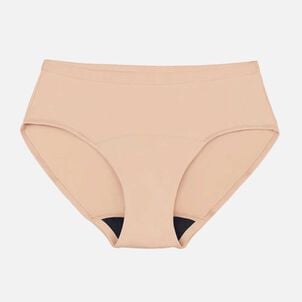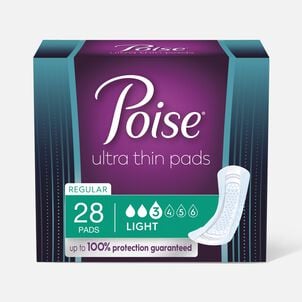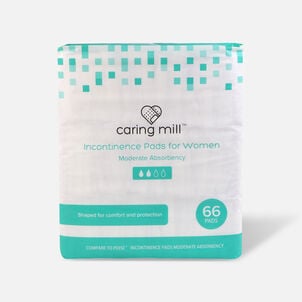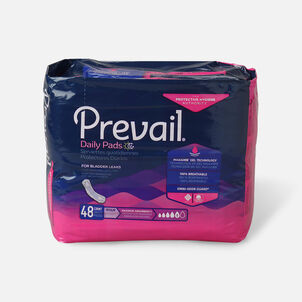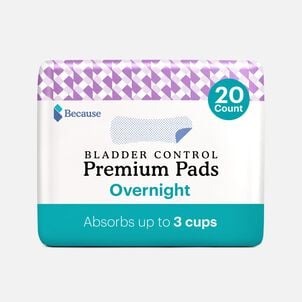The Complete HSA Eligibility List
Here it is — the most-comprehensive eligibility list available on the web. From A to Z, items and services deemed eligible for tax-free spending with your Flexible Spending Account (FSA), Health Savings Account (HSA), Health Reimbursement Arrangement (HRA) and more will be here, complete with details and requirements. Important Reminder: HSAs, FSAs, HRAs and other account types listed may not all be the same. Be sure to check with your administrator to confirm if something is eligible before making a purchase.
Here it is — the most-comprehensive eligibility list available on the web. From A to Z, items and services deemed eligible for tax-free spending with your Flexible Spending Account (FSA), Health Savings Account (HSA), Health Reimbursement Arrangement (HRA) and more will be here, complete with details and requirements. Important Reminder: FSAs, HRAs and other account types listed may not all be the same. Be sure to check with your administrator to confirm if something is eligible before making a purchase.
Disposable Underwear: HSA Eligibility
Disposable Underwear: eligible with a Health Savings Account (HSA)HSA Eligible Incontinence Products
What is disposable underwear?
Disposable underwear is a type of incontinence product that are used by individuals who suffer from urinary or fecal incontinence that results in urine or fecal leakage as a result of daily activities or during sleep. Both urinary and fecal incontinence are not diseases in their own right, rather, they are symptoms of a larger medical problems that require medical attention. During this treatment period, disposable underwear is often used to protect the wearer's clothing/bedding, as well as preventing infections and skin ailments by preventing this material from spreading to sensitive areas. Disposable underwear is typically made with absorbent, waterproof materials that can contain leaks during daily activities or overnight use (Everyday Health).
Urinary and fecal incontinence are the most common uses for disposable underwear, and these conditions can arise from a variety of potential sources. Urinary incontinence is common with easily treatable conditions like urinary tract conditions or constipation, but persistent urinary incontinence can also occur as a side effect of conditions like pregnancy, menopause, enlarged prostate, hysterectomy, prostate cancer, neurological disorders and urinary blockages (Mayo Clinic).
Fecal incontinence refers to an individual's lost ability to control bowel movements, often as a result of muscle or nerve damage, or more common ailments like diarrhea and constipation. Fecal incontinence is most often tied to a person's advanced age, but it can also affect new mothers and adults with more advanced gastrointestinal issues (Mayo Clinic).
Ultimately, disposable underwear is utilized as a means of containing the results of urinary and fecal incontinence and do not play a primary role in the treatment process for these ailments. Whenever these types of symptoms arise, it's best to speak with a doctor to diagnose the source of these issues and develop a treatment plan to alleviate them in the future.




